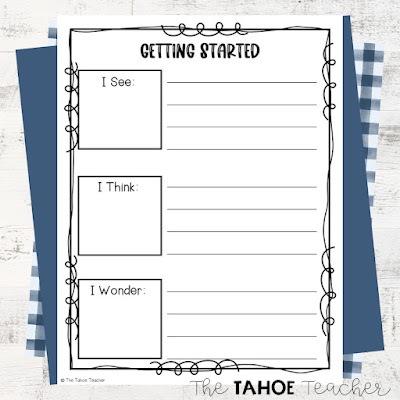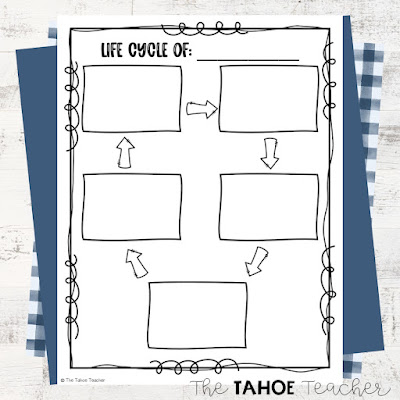Life Cycles Inquiry-Based Learning
Hey, y'all! We're gearing up for our life cycles unit and instead of all the cutesy stuff that just gets thrown in the trash, we're going to use an inquiry-based learning model this year. It's more authentic, more student-centered and directed, and way less prep work.
When we start an inquiry or phenomenon-based learning unit, we start off by asking questions, defining our current schema, and setting a goal for our learning. Students explore pictures of the content, in this case fully grown and baby animals, larvae and adult insects, and similar images. We jot down our notes on our graphic organizers and make a plan for our first steps of research.
With this unit, students will explore books and articles that illustrate life cycles of different plants and animals.
With many units, I provide a hyper doc with links to different resource. In this case, I will not be giving students online resources. We do not need to go down an online rabbit hole of life cycles.
There are several organizers included for students to illustrate and label the life cycles they are learning about. Students can check out the diagram in the book or article, then choose the graphic organizer that works for them.
There are blank options for students to sketch their own diagrams, options with different quantities of boxes and arrows, and options with space to write notes off to the side.
Many life cycles fall into specific categories. Students can keep track of the different types and take note of the characteristics of animals that fall into those categories.
The open-endedness of these resources makes it easy to personalize learning to students' interests and needs. Some students get focused on life cycles of insects or farm animals, while others are interested in the life cycles of dinosaurs or other reptiles and amphibians.
Let students lead their learning and you take more of a coaching role with IBL. With this model of learning, you gather the resources and show students where to look. They take notes of what they see.
You can find this unit in my Teachers Pay Teachers store here. I'm always adding new resources, so be sure to follow my store to stay up to date.
I hope you found some new ideas that work for you and your students. Have a wonderful week and I'll talk to you soon.
Stay cozy,








No comments
Post a Comment